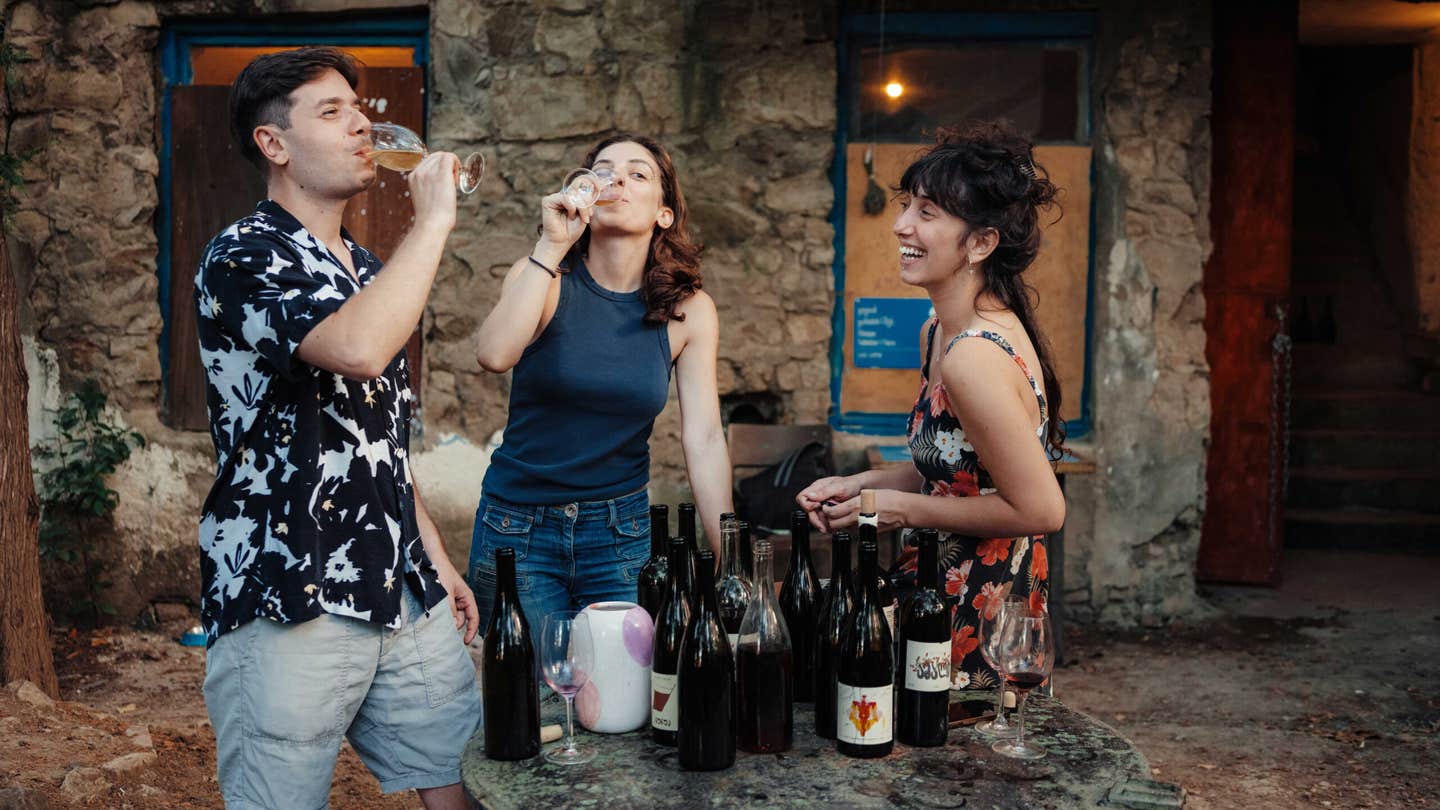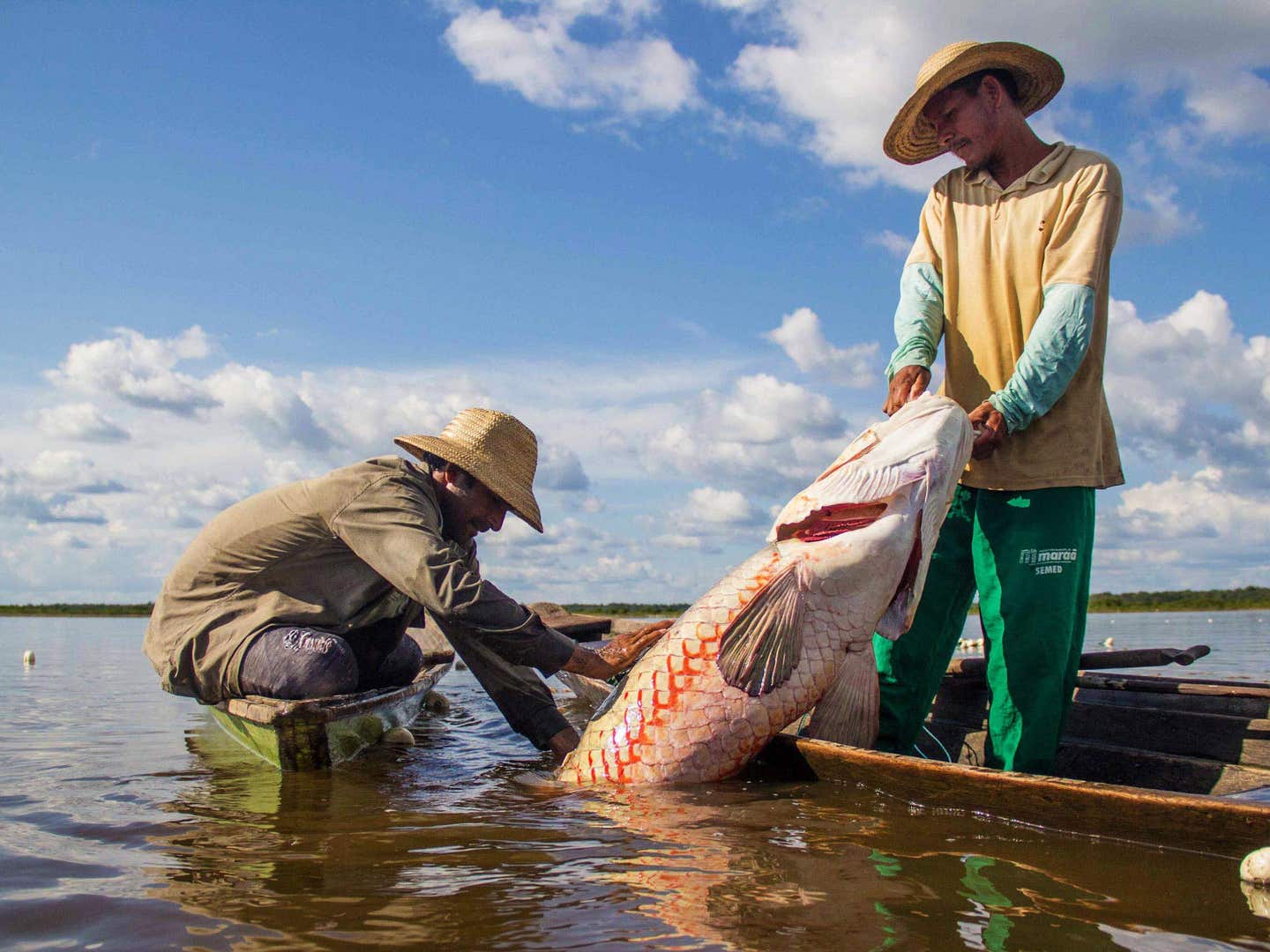
Solar-Powered Ice Makers Are Changing How This Amazon Fishing Community Makes a Living
In one of the Amazon’s many off-the-grid communities, making ice at home is the difference between one day of fishing and a 50-mile up-river journey to the nearest town.
At day’s end, on the Solimões stretch of the Amazon River, a small fleet of motorized canoes slipped past, heavy with fresh pirarucu. In the dusky half-light, I could just make out the massive, silvery fish, legendary in ths area. Their skins are so tough they can be used as leather, and a distinctive red pattern seeps between their scales. Among the largest freshwater fish in the world, the pirarucu is a favored meal among the Amazon’s riverine communities.
I was travelling in the opposite direction through the Mamirauá Reserve, accompanied by a scientist and two local men on a largely bureaucratic mission to deliver some papers to the village of Jarauá. As we headed back, its lights flickered on, powered by a diesel generator, one of the only power sources available in these remote territories.
Pirarucu is just one of the many types of fish that communities like Jarauá rely on. A blanket ban on hunting in Brazil means terrestrial species are off the menu, so fish is a staple part of the diet, as well as a crucial source of income. But while fishing proliferates, with no electrical grid available in these isolated equatorial communities, keeping the fish fresh proves extremely difficult. Most locals resort to using salt as a preservative, either treating the fish whole, or rubbing it into rough cuts of the flesh.
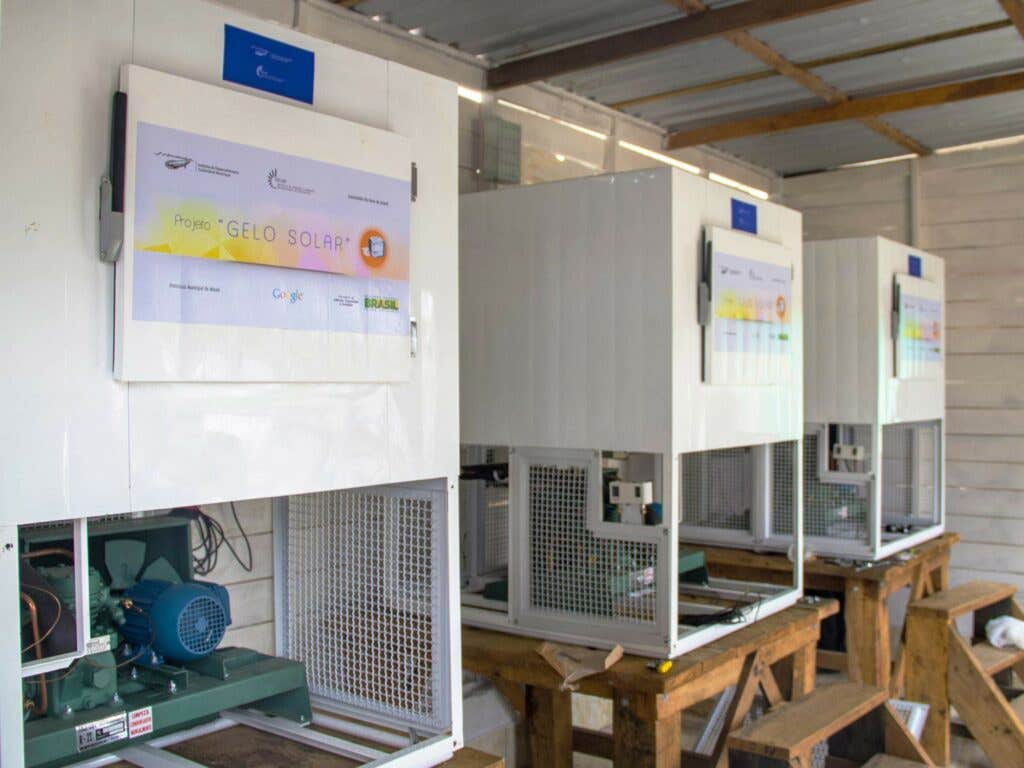
But while salt is effective enough, what’s really coveted is ice. Fishermen will often make the long and arduous journey down river to Tefé—the nearest town, though still many hours away by boat—where, among the flocks of vultures, motorcycle jams, and hilly suburbs, they can track down buyers among the busy markets. They can also fill large Styrofoam boxes with ice, but it only lasts as long as it can withstand the tropical heat. What’s left by the time they get home is stored in freezers, powered for just a few hours each day by the diesel generators. It lasts maybe two weeks.
Researchers at the Mamirauá Institute for Sustainable Development, located in Tefé, observed recently that one of the best ways to improve the quality of life in these small settlements would be to create an inexhaustible source of ice.
In Vila Nova do Amanã, a community of 60 people about 50 miles down river from Tefé—a nine hour trip by canoe—this ambition has become a reality. In 2015, a team of academics and technicians installed three ice machines, powered by 60 rooftop solar panels, that can produce more than 60 pounds of ice each day—ice that can be used to keep fish and produce fresh for the community’s own meals, or extend its freshness long enough to take it into town to sell. Further prototypes have been installed at a community in the state of Pará, in northern Brazil.
Developed at the University of São Paolo in 2009, operating the machinery in the field today poses new challenges. Today, technicians are working on adapting the machines to the demands of real life, including intermittent sunlight, and simplifying the machines’ electrical boards to make them more user-friendly. Transporting the heavy machines on boats also proved challenging, with the river rising and falling by around 15 meters as the seasons change.
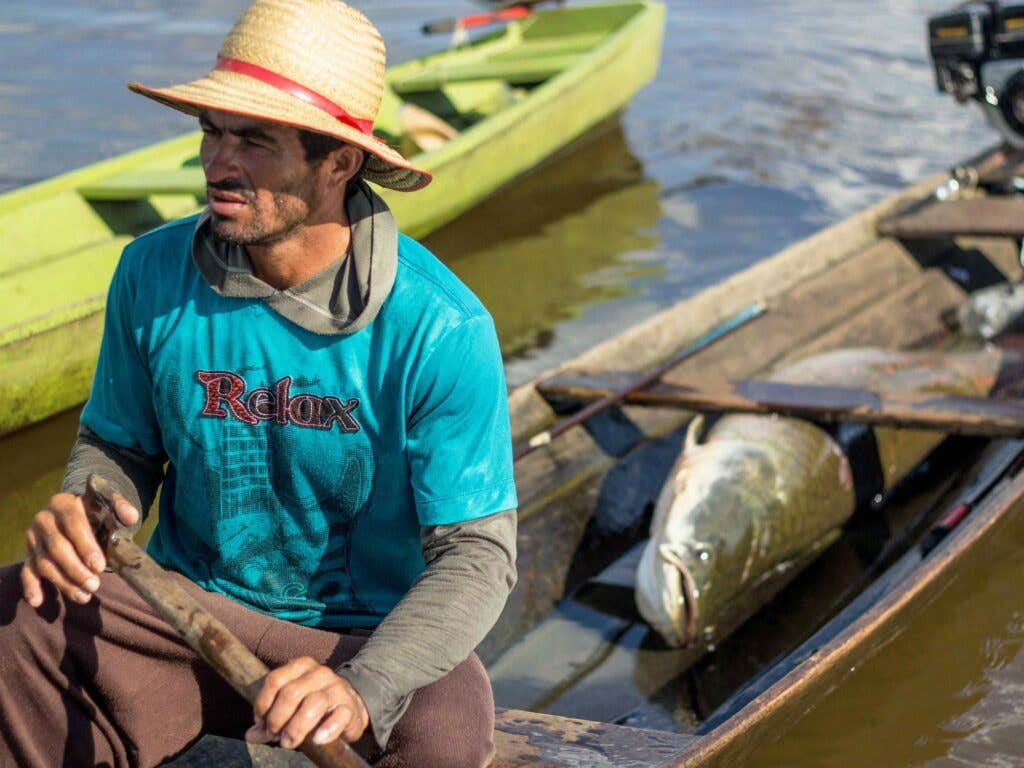
“We had to postpone installation for two months because of the flood of 2015. The level of the river was extremely high that year, and we had to wait until the soil was dry enough,” says Iaci Menezes Penteado, a researcher at the Mamirauá Institute.
Families in the community take turns operating the machine, rotating every week, so that everyone gains experience in using it. Scientists from the institute are dispatched every month to see how well the technology is coping with the demands of the Amazon, repairing it when necessary. One of their challenges is teaching the community to trust this mechanical addition to their lives and break their old habit of trekking into town for ice. This means making sure that the machines are serving practical needs and actively improving lives.
“One thing we saw was that people really valued the use of the ice to cool drinking water, and so the technicians decided to change the material of the water storage tank, so that it wouldn’t give it a bad taste,” adds Penteado.
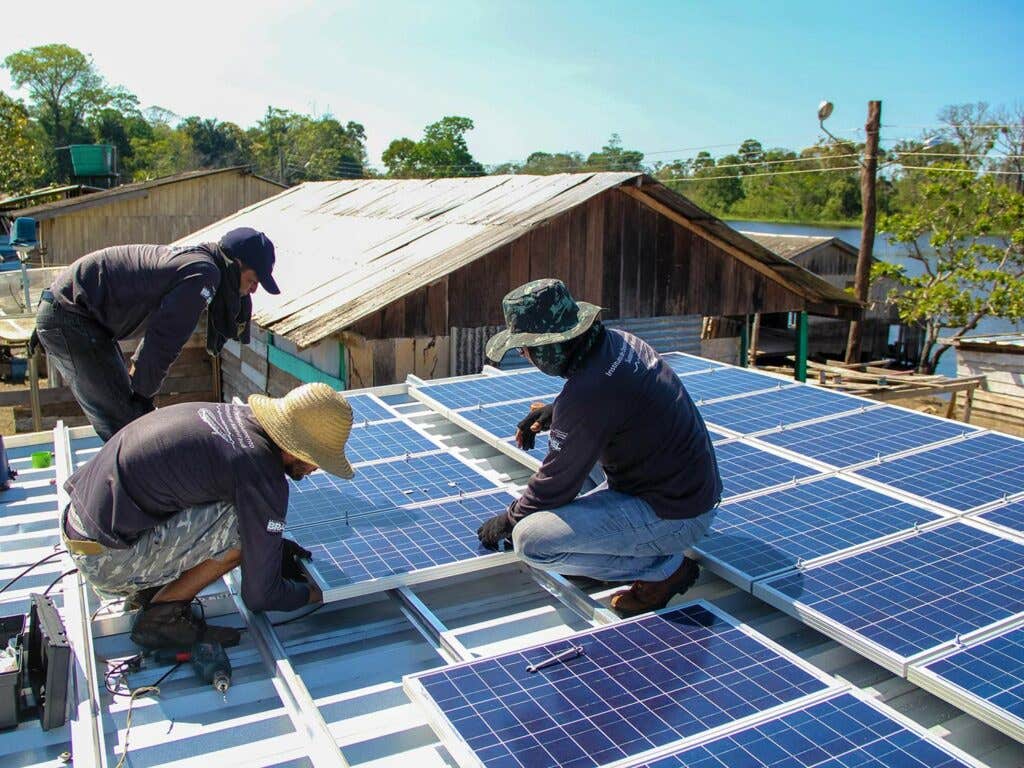
“The cooling of beverages is also important in events where many communities participate, such as parties and soccer tournaments. Visitors usually go into the houses of the dwellers and ask for cold water. If the machines are running, they can—and I have seen them doing so—fill a tank with water and ice, so that anyone who is thirsty can use it.”
As well as cooling drinks and storing fish, the ice is also used to produce vinho de açaí, or acai wine, a thick pulp of deep purple that can also be sold for consumption in urban areas. Users have also spoken about using the ice to store vaccines for their livestock, or to help preserve their slaughtered chickens. Meanwhile, excess ice is also sold to members of other nearby communities, all of which serves to boost local incomes.
So far, the project has been supported by $130,000 in funding from Google’s Social Impact Challenge, a contest that rewards organizations seeking to solve social problems with technology. The main obstacle now is finding enough finance to buy and install more machines; the institute is currently seeking enough money to expand the technology across the basin. There are around 1,800 people living in 23 settlements across the Mamirauá Reserve that could be a market for such technology. If funding falls into place, these scientists hope to be able to harness the searing Amazon sun to keep communities cool all throughout the rainforest.
Keep Reading
Continue to Next Story









